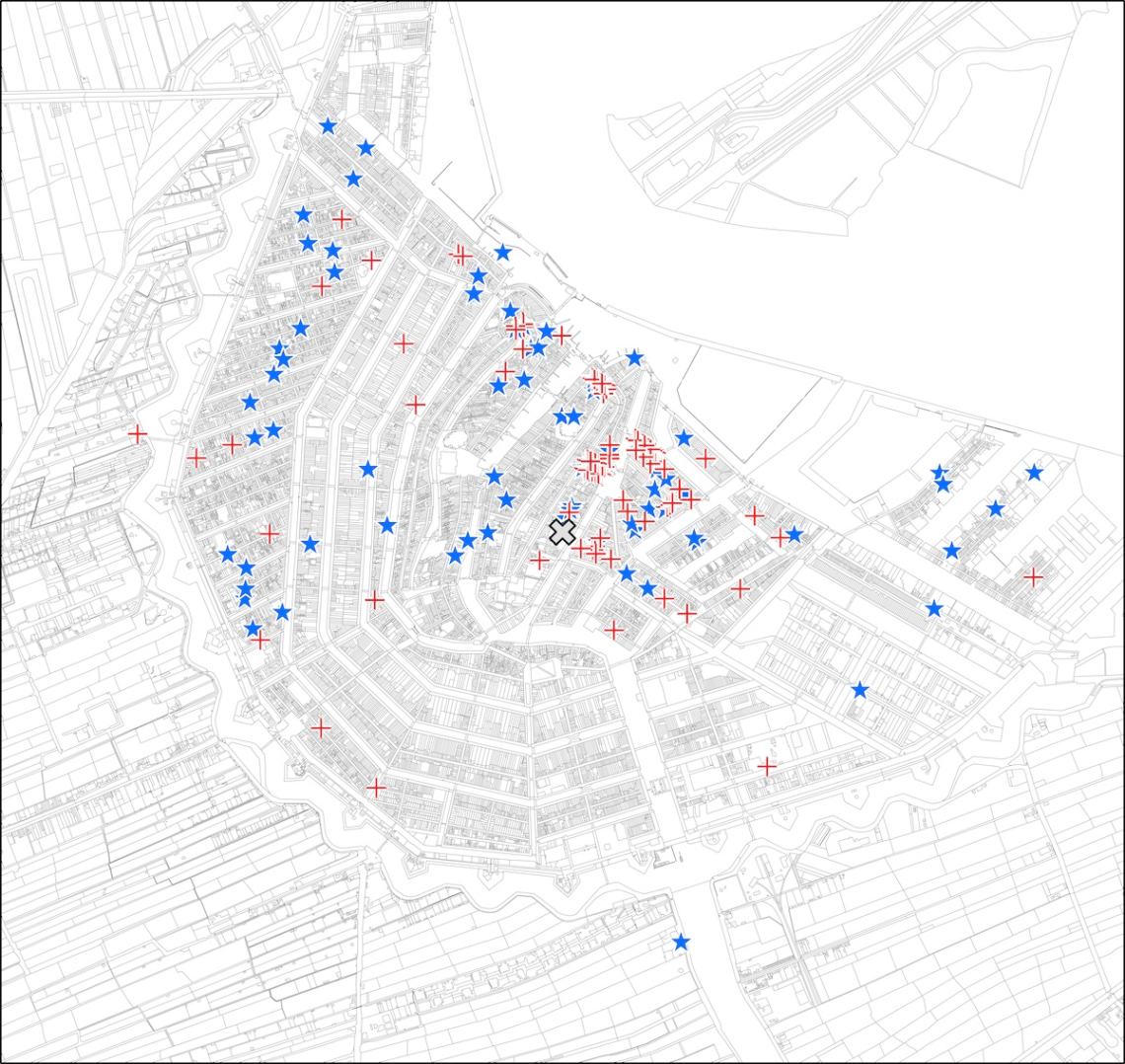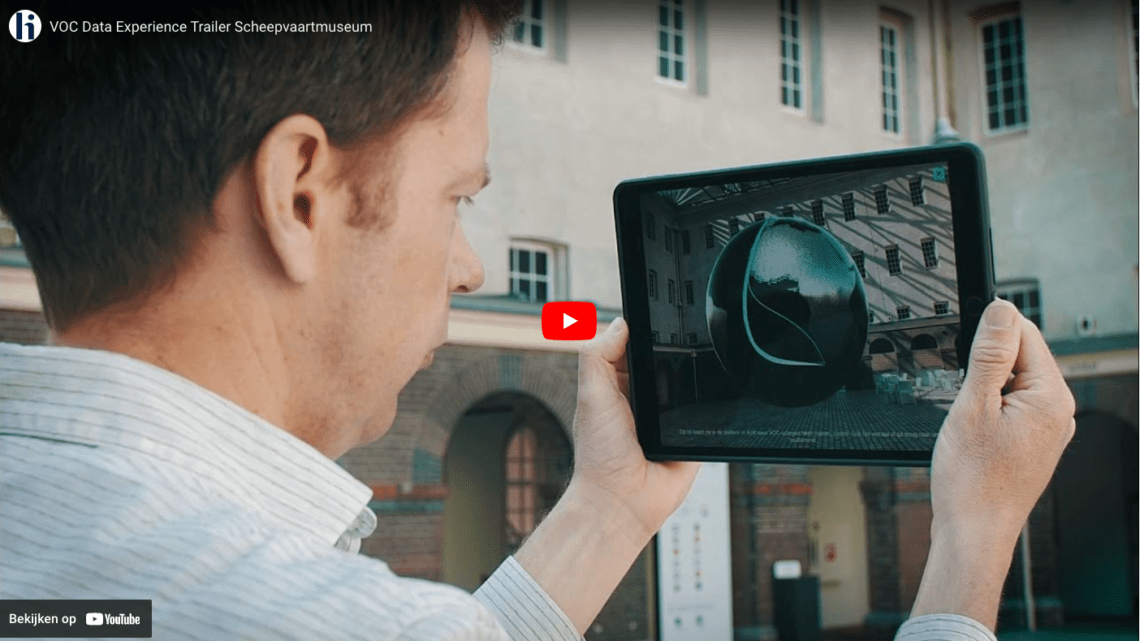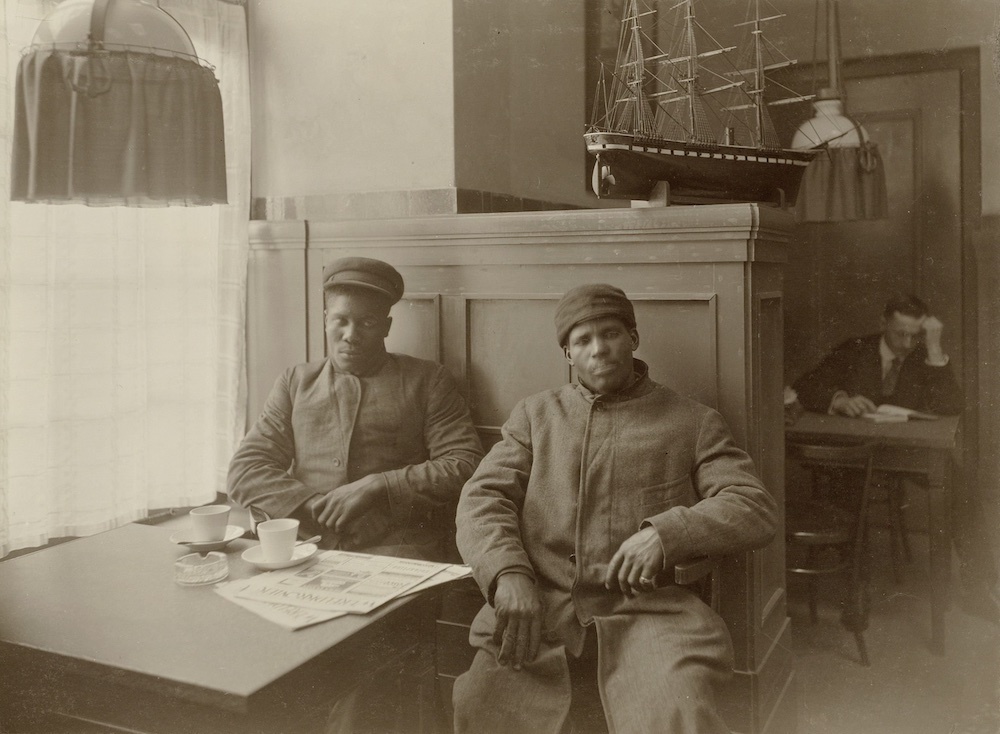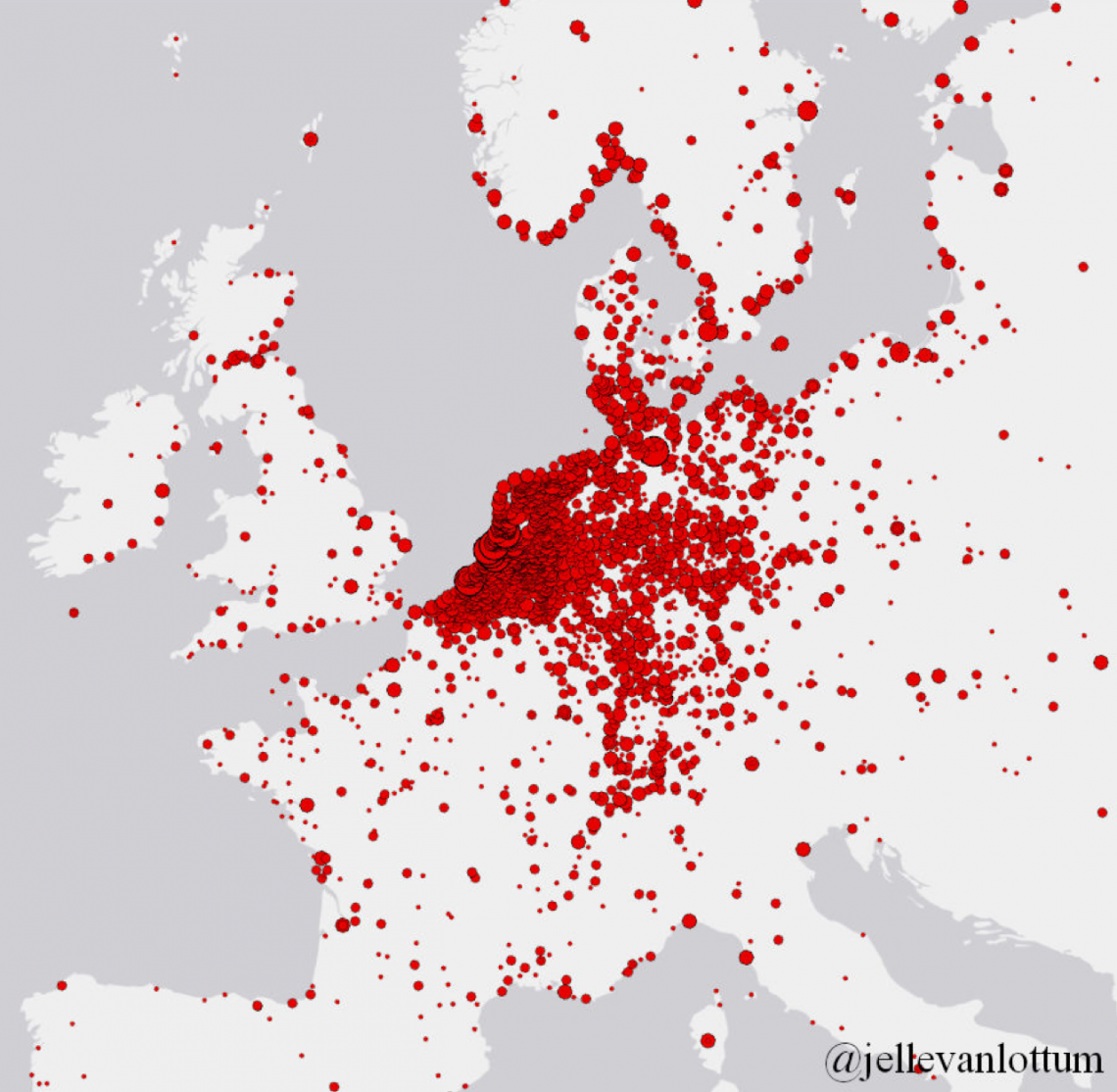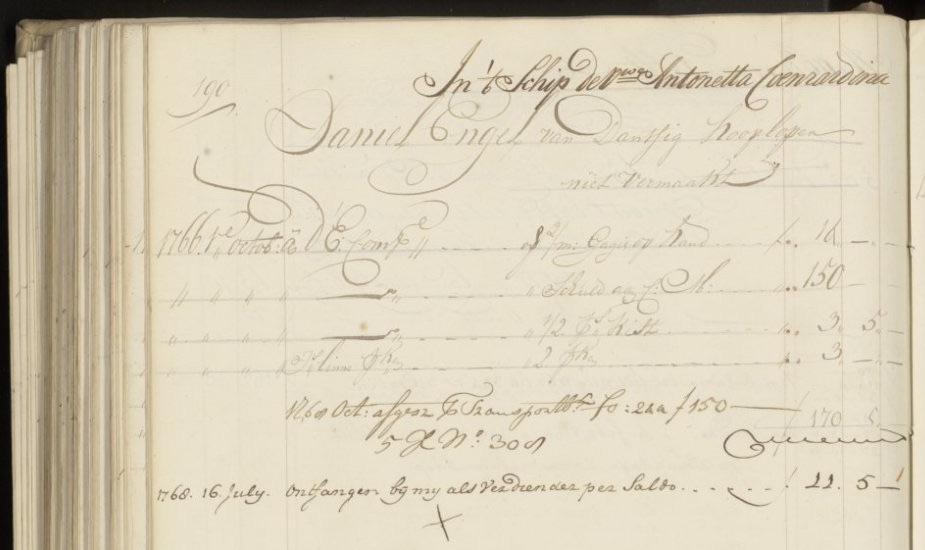VOC pay ledgers
-
VOC Sailors’ Last Days in Europe
Our new Dutch-language book, In de schaduw van de stad (Amsterdam: Ambo|Anthos 2023), which tells a series of short stories about ‘ordinary’ Amsterdammers through the ages, includes a chapter on sailors. We researched the crew members of three VOC ships that left Amsterdam in November 1775: who were they, where did they come from, where did they live or stay in Amsterdam? It was known that inns played an important role in the lives of many aspiring VOC sailors by providing a place to stay and information about finding work with the VOC. And it was also known that this was especially true for migrants. But we were surprised when…
-
VOC Data Experience
We have frequently written on this site about our research on the crews of the VOC. In the VOC Data Experience, this data now comes to life with spectacular visualisations in augmented reality (AR). Click on the image below to watch the trailer. Six experiences in AR The VOC Data Experience starts with a cloud of names of hundreds of thousands of crew members of the Company’s ships. More information is available about each of these individuals. There are also six thought-provoking experiences. In each of these, a theme is highlighted using original data from the VOC. Data expert Lodewijk Petram, together with different heritage specialists or researchers, explain and…
-
A collection of sailor’s biographies
We’ve added something new to this website: a collection of sailor’s lives. In a number of short biographies, we explore the lives of some individuals and small groups in the data sets we work with, such as the VOC pay ledgers and records of 19th and 20th-century shipping companies. Our aim with this collection is simply to learn a bit more about the background of the seafarers in our research data. Our quantitative data are a very good starting point for analyzing where sailors came from, how their origin influenced their chances of gaining a promotion to a higher rank on board, and how these things changed over time. But…
-
Our research soon visible in augmented reality
Together with Dirk Bertels / Studio Louter we have been awarded a subsidy from the Creative Industries Fund NL under the Digital Heritage x Public scheme to build the VOC Data Experience. Visitors to the experience can explore three existing online data sets about the Dutch East India Company (VOC) in augmented reality (AR). In the VOC Data Experience we will unlock three digitized VOC sources for a broad audience in a stimulating way. Visitors will be able to literally ask questions to the crew members of the VOC on an iPad: Where did you come from? What was your chance of survival? Did you participate in the slave trade? To find…
-
Women sailors in the ranks of the Dutch East India Company
Last week, Jelle tweeted about the women who dressed up as men to land a job with the VOC and were fired when subsequently their ‘real’ gender became known. Several people have asked for more information, in particular about the origins of the women involved. Below is a spreadsheet that lists their (for obvious reasons fake) names, and their place of origin – all other information available about the individuals are also listed. As you can see in the ‘remarks’ column, there are some really interesting cases: a woman going by the name of ‘Hendrik Huijsloop’ married a fellow sailor on board the Petronella Alida, and the ‘Joannes Burghart’ case…
-
Daniel Engel: a maritime career reconstructed
Daniel Engel was a young man from ‘Dantsig’ (modern-day Gdańsk in Poland) who travelled to the Dutch Republic in the mid-18th century to apply for a job with the Dutch East India Company (VOC). We’ve written about him before (in this blog post, where we introduced the Company’s pay ledgers, one of our main data sources) and now come back to him once more. Not that Engel is so special–on the contrary, there were thousands of men like him in the ranks of the VOC–but because his story is a good case in point for illustrating our work on reconstructing maritime careers. 1766: first journey to the East Indies A…
-
Elsevier article on geographical spread VOC crew members
Dutch weekly Elsevier published an article about our work on the birthplaces of the sailors who worked on the Dutch East India Company’s ships.
-
Where the VOC crews came from
The pay ledgers of the Dutch East India Company (VOC) are an important data source for our projects (we tell more about this source in this blog post). The following dynamic heatmaps give a good impression of the regions where the sailors on board of the ships headed for Asia originated. For clarity reasons, crew members from one of the six VOC towns (Amsterdam, Delft, Enkhuizen, Hoorn, Middelburg and Rotterdam) were excluded from these maps.
-
Data: VOC maritime personnel records
Our research on the careers of maritime workers is based on a number of data sources, which we’ll introduce in separate blog posts. First up is a database containing the maritime personnel records of the Dutch East India Company (VOC). In the period 1602-1795, just under 5,000 Dutch East India Company ships sailed from the Dutch Republic to Asia. Each of these kept a pay ledger, in which personal particulars and salary information for all paid crew members were registered. Not all pay ledgers have survived until today, but for the late 17th and, especially, the 18th century, the ledgers give a very good view of the (highly international) workforce of…
